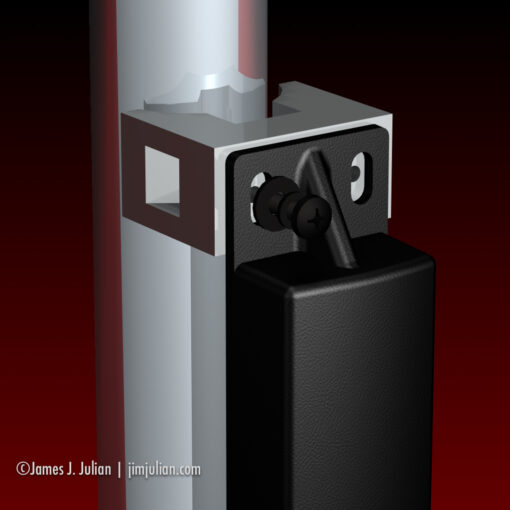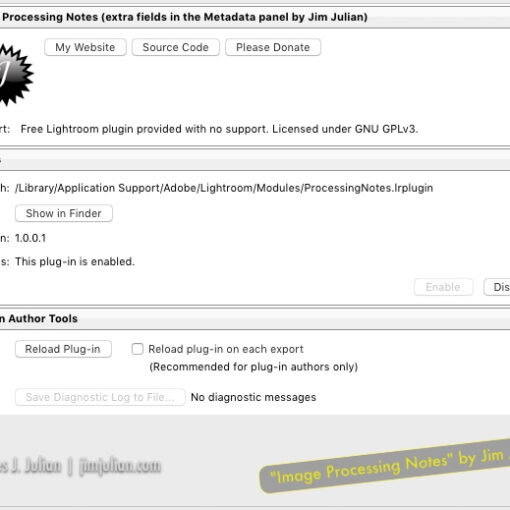Introduction
Microchip Technology is a leading provider of microcontrollers, microprocessors, and digital signal controllers used in a wide range of embedded systems and IoT applications. This technical summary provides an overview of the development tools offered by Microchip Technology for designing with PIC, AVR, SAM microcontrollers, SAM microprocessors, and dsPIC Digital Signal Controllers. These tools play a crucial role in simplifying the development process, debugging, and optimizing the performance of embedded applications.
1. MPLAB X Integrated Development Environment (IDE)
MPLAB X IDE is a robust, free, open-source development environment provided by Microchip. It supports all the microcontroller families, including PIC, AVR, SAM, and dsPIC.
Key features of MPLAB X IDE include:
- Code Editing and Project Management: MPLAB X IDE provides an intuitive code editor with syntax highlighting, code completion, and code folding features. It supports project management with easy configuration and organization of source files, libraries, and build options.
- Device Support: MPLAB X IDE has extensive device support, allowing developers to choose the appropriate microcontroller for their application and easily configure its peripherals and settings.
- Simulator and Debugger: The IDE includes a powerful simulator and debugger, enabling users to test and debug their code without needing physical hardware. It supports source-level debugging, breakpoints, watch windows, and real-time variable monitoring.
- Third-Party Integration: MPLAB X IDE supports various third-party plugins and extensions, enhancing its functionality and offering additional tools for specific tasks.
2. MPLAB Harmony Framework
MPLAB Harmony is a software framework for developing SAM MCUs and MPUs applications. It provides a consistent and modular approach to software development, making it easier to create complex applications and reducing development time.
Key features of MPLAB Harmony include:
- Peripheral Libraries: MPLAB Harmony includes a set of peripheral libraries, each handling specific hardware features, enabling developers to focus on application-level code rather than low-level hardware configuration.
- Middleware Libraries: The framework offers a range of middleware libraries for USB, TCP/IP, graphics, file systems, and more. These libraries simplify the integration of complex functionalities into the application.
- RTOS Integration: MPLAB Harmony supports integration with real-time operating systems (RTOS), providing multi-threading capabilities and optimizing the utilization of the MCU’s resources.
- Modular Design: MPLAB Harmony encourages a modular design approach, enabling code reusability and easier maintenance of large-scale applications.
3. Atmel Studio for AVR Microcontrollers
Atmel Studio is an integrated development environment tailored explicitly for AVR microcontrollers. Although Microchip acquired Atmel, Atmel Studio remains popular among AVR developers.
Key features of Atmel Studio include:
- AVR Toolchain: Atmel Studio has a complete AVR toolchain, including a compiler, assembler, and linker.
- Debugging Support: The IDE supports on-chip debugging with JTAG and debugWIRE interfaces, allowing developers to analyze code execution, set breakpoints, and inspect variables.
- Simulator and Emulator: Atmel Studio includes a simulator and an emulator for testing code without connecting to physical hardware.
- Advanced Editing: The IDE provides advanced code editing features, such as code folding, code navigation, and context-sensitive help.
4. MPLAB Code Configurator
MPLAB Code Configurator is a graphical user interface tool for generating initialization code and peripheral configuration for PIC and dsPIC devices.
Key features of MPLAB Code Configurator include:
- Graphical Configuration: The tool enables developers to configure peripherals and system settings through an intuitive graphical interface, eliminating the need to write register settings manually.
- Code Generation: MPLAB Code Configurator generates C code based on the selected configurations, simplifying the integration of peripherals into the application.
- Plugin Support: The tool supports various plugin modules, extending its functionality to support additional peripherals and devices.
Conclusion
Microchip Technology’s development tools for PIC, AVR, SAM MCUs & MPUs, and dsPIC DSCs offer a comprehensive ecosystem to facilitate the design and development of embedded systems. MPLAB X IDE, MPLAB Harmony, Atmel Studio, and MPLAB Code Configurator are powerful and versatile tools that cater to the diverse needs of embedded developers. These tools streamline the development process, improve debugging capabilities, and enhance the overall design efficiency of Microchip’s microcontrollers and controllers. By providing a rich set of features and excellent device support, Microchip Technology empowers developers to create innovative and reliable embedded applications for various industries and use cases.


